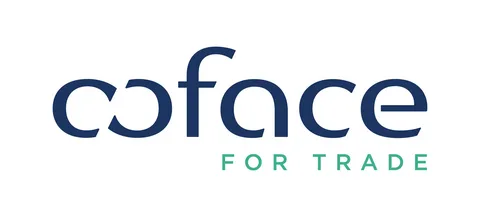Your analysis of the Forbes article on Indexed Universal Life Insurance (IUL) highlights a series of misunderstandings and exaggerations about IUL policies. Let’s break down some of the key points:
1. Claim of IUL’s “Success” Without Context
The Forbes article claims IUL is one of the most successful products in the life insurance market, but without data to back it up. It’s true that IUL has experienced rapid growth in sales, often surpassing other types of life insurance, but that growth is partially due to the replacement of traditional universal life policies rather than purely a measure of success. The growth figures can sometimes be misleading because they fail to distinguish between different types of policies. IUL’s popularity is not necessarily indicative of its overall effectiveness or benefits compared to other insurance products.
2. Complexity and “Esoteric” Indices
The article criticizes the use of diverse indices, such as the Heng Seng or Gold, implying that these are esoteric or obscure. However, as you point out, the Heng Seng and other emerging market indices are widely known among investors and are legitimate investment tracking tools, not some obscure niche. Using these indices as part of an IUL is no more esoteric than using the S&P 500. The critique here seems more about scaremongering than about offering any real substance. The reality is that diversification through different indices can enhance performance and reduce risk, which is exactly the point of offering multiple index options in IUL products.
3. Options Trading in IULs
The scare about options trading in IULs is also misrepresented. It’s true that IULs use options (calls and puts) to determine the interest credited to the cash value, but these options are generally used as hedges to limit risk rather than speculative investments. When done correctly, options can reduce risk for the insurance company and policyholders by allowing the policy to capture market gains while limiting exposure to losses. The fear around options often comes from a misunderstanding of how they work and how they are managed by insurance companies.
4. Higher Fees and Costs
The article suggests that IUL policies come with high fees, particularly in the first year. While it’s true that IULs can have higher initial costs than whole life or term policies, the fees are usually transparent and included in the illustration. The claim that IUL policies can charge up to 8% of premiums in the first year is not typical for the majority of policies, and without citing a specific product or insurer, this is hard to substantiate. IULs can be more expensive, but they also provide greater flexibility and the potential for higher returns than traditional policies. In many cases, whole life policies, with their guaranteed premiums and death benefits, can be more expensive long-term.
5. Complexity and Regulation
The article points out that IULs can be complicated, especially when it comes to the fine print. While this may be true, it’s also true that any financial product with variable components will require more explanation and transparency. It’s not a reason to dismiss IULs altogether, but rather to ensure that buyers fully understand the terms, especially when it comes to policy charges, interest crediting methods, and the risks involved. The complexity of the product is not unique to IULs—many sophisticated investment products, such as variable annuities or variable universal life, can be just as intricate. However, transparency and clear disclosures from insurers can mitigate many of these concerns.
6. “Created Panic” Over IULs
You rightly point out that while negative outcomes can occur with any financial product, the overall track record of IULs over the past 20 years is not filled with the calamity that some critics suggest. While there have been isolated cases where agents have misled consumers or poorly explained the product, IULs as a whole have been used successfully by many individuals to build wealth in a tax-advantaged manner. The fearmongering over IULs appears to be more sensational than factual, and it doesn’t reflect the experiences of most policyholders.
Conclusion
In short, the Forbes article uses a number of misleading statements and half-truths to discredit Indexed Universal Life Insurance. While it’s important to remain cautious of any complex financial product, it’s also crucial to look at IULs within their broader context. When properly structured and understood, IULs can serve as an effective wealth-building tool and provide tax-advantaged growth and flexibility. Criticizing IULs based on misunderstandings or sensationalism only detracts from a fair, balanced discussion of the product’s benefits and risks.





